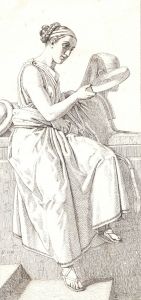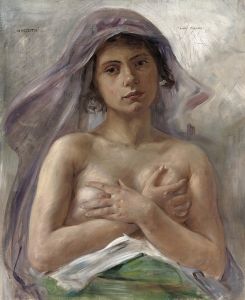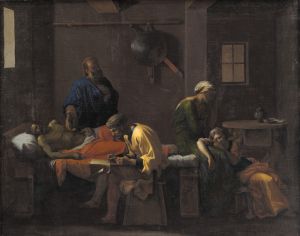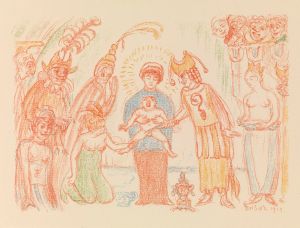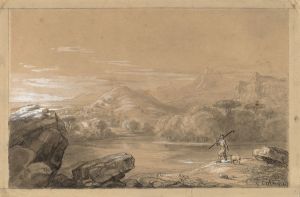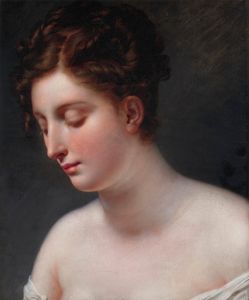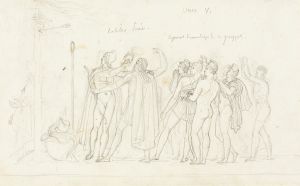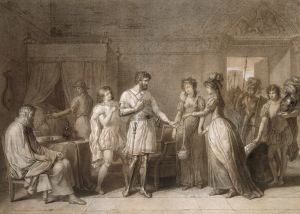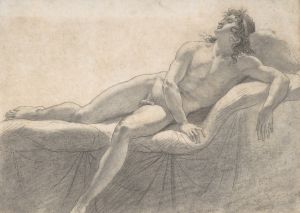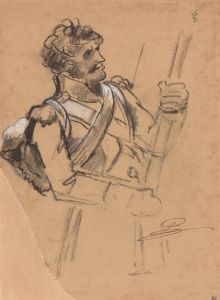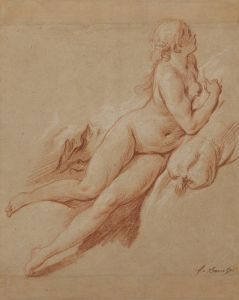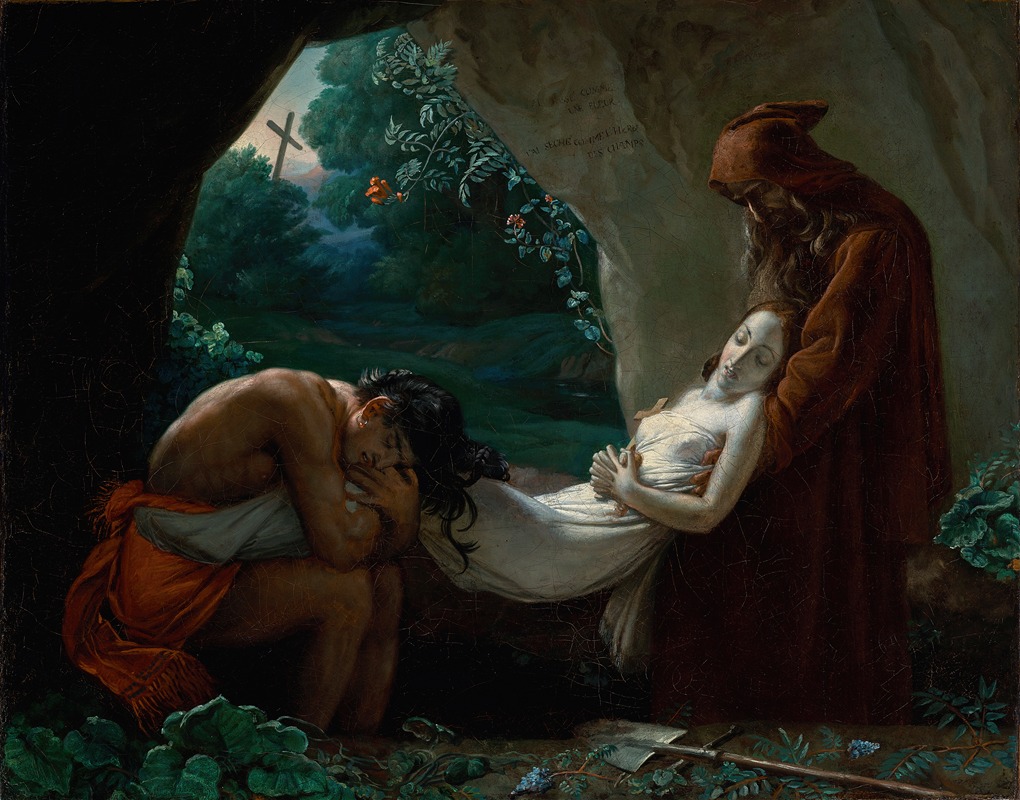
Burial of Atala
A hand-painted replica of Anne Louis Girodet-Trioson’s masterpiece Burial of Atala, meticulously crafted by professional artists to capture the true essence of the original. Each piece is created with museum-quality canvas and rare mineral pigments, carefully painted by experienced artists with delicate brushstrokes and rich, layered colors to perfectly recreate the texture of the original artwork. Unlike machine-printed reproductions, this hand-painted version brings the painting to life, infused with the artist’s emotions and skill in every stroke. Whether for personal collection or home decoration, it instantly elevates the artistic atmosphere of any space.
Burial of Atala is an oil painting created in 1808 by French artist Anne-Louis Girodet-Trioson. The work is considered one of Girodet's most famous pieces and is a prime example of the transition from Neoclassicism to Romanticism in French art. The painting is based on a scene from Atala, ou Les Amours de deux sauvages dans le désert (Atala, or The Loves of Two Savages in the Desert), a novella written by François-René de Chateaubriand in 1801. The story, set in the wilderness of Louisiana, tells of the tragic love between two Native Americans, Chactas and Atala, and explores themes of love, religion, and cultural conflict.
The painting depicts the burial of Atala, who has died after taking poison to preserve her vow of chastity, which she had made as part of her Christian faith. In the composition, Chactas, the grieving lover, kneels beside her lifeless body, which is draped in white and illuminated by a soft, ethereal light. A Christian missionary, Father Aubry, stands nearby, offering consolation and prayer. The scene is set in a dark, rocky grotto, with a crucifix and religious symbols subtly integrated into the background, emphasizing the spiritual undertones of the narrative.
Girodet's Burial of Atala is notable for its emotional intensity, dramatic use of light and shadow, and meticulous attention to detail. The artist's skillful rendering of textures, such as the folds of Atala's shroud and the rough surfaces of the grotto, enhances the realism of the scene. At the same time, the idealized figures and the poignant atmosphere reflect the Romantic fascination with emotion, nature, and the sublime.
The painting was well-received when it was first exhibited at the Paris Salon in 1808, earning Girodet widespread acclaim. It resonated with contemporary audiences for its combination of classical technique and Romantic sentiment, as well as its connection to Chateaubriand's popular novella. Today, Burial of Atala is housed in the Louvre Museum in Paris, where it continues to be admired for its artistic and historical significance.






